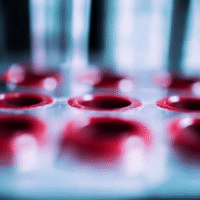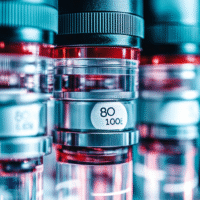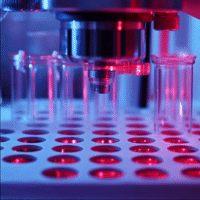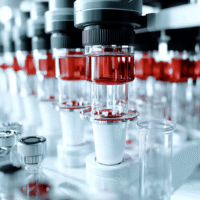Understanding the iTIMM Trial Results
The iTIMM trial studied how well whole-body MRI (WB-MRI) can help doctors see if a treatment for multiple myeloma (MM) is working. This is important because it helps doctors decide the best next steps for patients.
What Worked?
- WB-MRI is a reliable way to check for leftover cancer after treatment.
- Patients who had leftover disease after treatment (measured as RAC2 or higher) had shorter times before their cancer returned and lower overall survival rates.
What Didn’t Work?
- Patients without leftover disease (measured as RAC1) had much better outcomes.
How Does This Help Patients and Clinics?
- Using WB-MRI can help doctors find out if a treatment is effective sooner.
- This means patients can receive timely interventions if their treatment isn’t working.
Real-World Opportunities
- Hospitals can start using WB-MRI to assess treatment effectiveness alongside traditional tests.
- Doctors can better tailor treatment plans based on imaging results.
Measurable Outcomes to Track
- Time until cancer returns (progression-free survival).
- Overall survival rates of patients based on WB-MRI results.
AI Tools to Consider
- AI can help analyze MRI images faster and more accurately, improving decision-making for treatment options.
Step-by-Step Plan for Clinics
- Start by training staff on how to use WB-MRI in their practice.
- Implement WB-MRI in a small number of patients and track outcomes.
- Gradually expand its use as you gain experience and confidence.
For more detailed information about the iTIMM trial, visit this link.


























